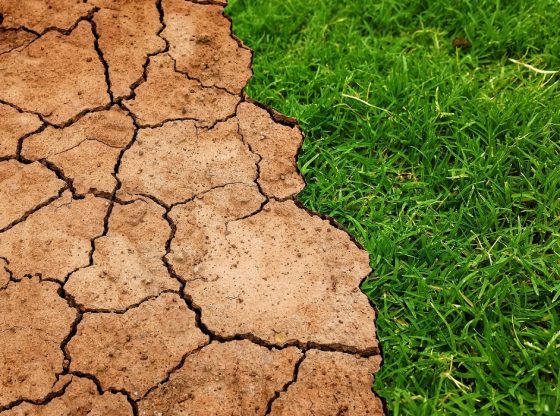
A previously unknown source of the greenhouse gas methane has been discovered in the Amazon. The natural leakage of methane from tree trunks in the area amounts to the total amount that is released from all the worlds oceans, combined.
The methane content in the atmosphere has risen dramatically since industrialization began, but scientists are yet to establish every source that contributes to this increasing amount.
Methane (CH4) is an approximately 25 times stronger greenhouse gas compared to carbon dioxide, and although it breaks down significantly faster than carbon dioxide in the atmosphere, it has a significant impact on the climate.
In order to find out how much methane that results from human activity, such as fossil fuels, waste disposal, and animal husbandry – scientists first need to establish how large the natural sources of emissions are.
“Methane is around 34 times more powerful than carbon dioxide at trapping heat in the atmosphere so it is really important to understand where this gas comes from in both natural ecosystems and from human activity.”
– Co-author of the paper and a lead investigator of the research is Professor of Global Change Ecology, Vincent Gauci.
This is particularly important to establish since an increasing mean temperature on Earth also means, due to feedback effects, that methane leakage from natural systems will increase.
Methane from this newly discovered source in the Amazon is formed in sediments of the seasonal wetland rain-forest and is transported efficiently as through a chimney system through the tree-trunks of trees. The area investigated is enormous and measurements have been made of the amount of methane that leaks from 2,300 trees.
These trees contribute between 15.1 and 21.2 million tonnes of CH4 to the atmosphere every year, comparable to 18 million tonnes from the oceans, or the 16 – 27 million tonnes of Arctic tundra wetlands.
“Great swathes of the Amazon become flooded forest for a large part of the year, which are ideal conditions for the production of methane. However, methane emissions measured from the water surface over the last few decades didn’t add up to what satellites and models were suggesting was the real amount of methane coming out of the Amazon. We have discovered that large emissions from trees, sometimes flooded by up to 10 meters, fill this gap.”
– Vincent Gauci
The study has been conducted with researchers from Brazil, Great Britain, Canada and the United States. And was published in Nature last week.
Reference:
Sunitha R. Pangala et al. Large emissions from floodplains close the Amazon methane budget doi: 10.1038 / nature24639











![OpenAI. (2025). ChatGPT [Large language model]. https://chatgpt.com](https://www.illustratedcuriosity.com/files/media/55136/b1b0b614-5b72-486c-901d-ff244549d67a-350x260.webp)
![OpenAI. (2025). ChatGPT [Large language model]. https://chatgpt.com](https://www.illustratedcuriosity.com/files/media/55124/79bc18fa-f616-4951-856f-cc724ad5d497-350x260.webp)
![OpenAI. (2025). ChatGPT [Large language model]. https://chatgpt.com](https://www.illustratedcuriosity.com/files/media/55099/2638a982-b4de-4913-8a1c-1479df352bf3-350x260.webp)








